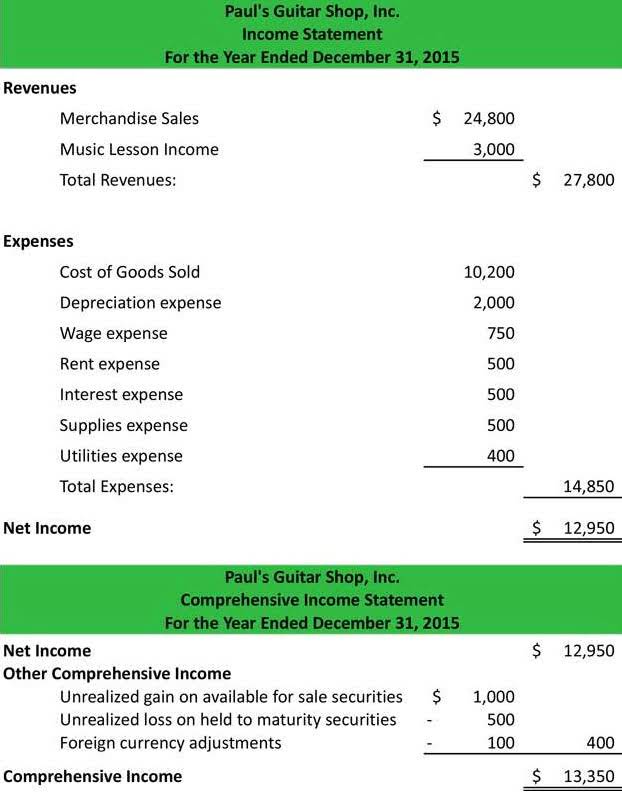
If you get a Schedule K-1 because of a windfall such as an inheritance from an estate or as beneficiary of a trust, it’s just the way it is. But if you’re receiving them due to investments in LLCs, partnerships, or a “C” corp, you should look at the bigger picture. Additionally, it’s worth noting that even if you receive a Schedule K-1 for an investment in an IRA or 401(k), don’t ignore it! You may still be required to pay tax on distributions received inside a retirement account from an MLP, LLC, or S-Corp because of something called “unrelated business taxable income,” or UBTI. For this reason, it’s generally best to avoid these kinds of investments in a retirement account.

If you have net income (loss), deductions, or credits from any of the following activities, treat such amounts as nonpassive and report them as indicated in these instructions. If you have an overall gain from a PTP, the net gain is nonpassive income. In addition, the nonpassive income is included in investment income to figure your investment interest expense deduction. You should get a separate statement of income, expenses, and other items for each activity from the partnership. Enter as a negative amount the current year deduction for depletion of any partnership oil and gas property, not to exceed your allocable share of the adjusted basis of the property. Enter any gain recognized on contributions of property during the year.
Explore Related Online Accounting Programs
For information on distributions subject to section 737, see the instructions for box 19, code B. If you actively participated in a rental real estate activity, you may be able to deduct up to $25,000 of the loss from the activity from nonpassive income. This special allowance is an exception to the general rule disallowing losses in excess of income from passive activities. The passive activity limitations are applied separately for items (other than the low-income housing credit and the rehabilitation credit) from each PTP.

An example is gain or loss from the disposition of nondepreciable personal property used in a trade or business activity of the partnership. Report k1 meaning total net short-term gain (loss) on Schedule D (Form 1040), line 5. Report the total net long-term gain (loss) on Schedule D (Form 1040), line 12.
Cash Basis Accounting
Investments in the Fund are not bank deposits (and thus not insured by the FDIC or by any other federal governmental agency) and are not guaranteed by Yieldstreet or any other party. Part I deals with the Partnership information, which will be completed by Yieldstreet to identify the individual SPV name and tax identification number, depending on the investment opportunity that this K-1 is for. Distributions listed on form K-1s are generally not taxable, but any amount distributed, on the other hand, could reduce an investor’s basis and be treated as a return of capital. Your accountant can find most of these numbers easier than you, but calculating the earnings yourself is usually straightforward. It is generally the same as normal business income because the IRS imposes self-employment taxes on businesses with pass-through tax structures.
In the margin to the left of line 15, enter “CCF” and the amount of the deduction. Expenditures for the removal of architectural and transportation barriers to the elderly and disabled that the corporation elected to treat as a current expense. You must fill out your own https://www.bookstime.com/ Form 8283 with the information the corporation provides you and attach the Form 8283 the corporation provides you to your return. Qualified dividends are excluded from investment income, but you may elect to include part or all of these amounts in investment income.